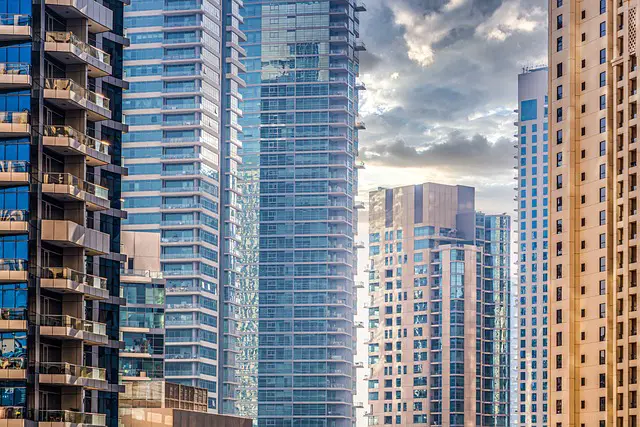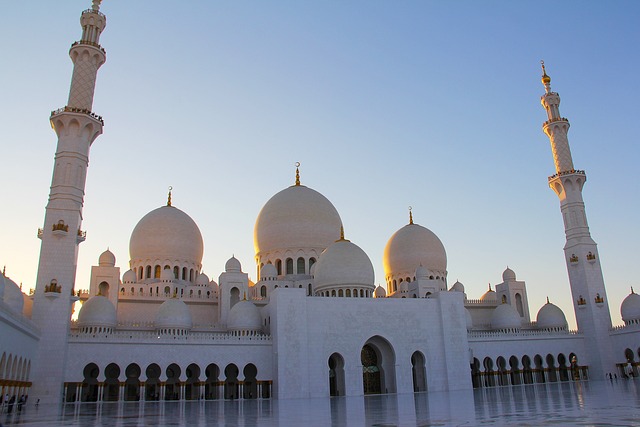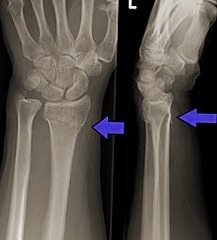Dubai’s Prime Residential Market: Leading the Global Growth Race
Dubai’s prime residential market is experiencing unprecedented growth, outpacing all other major markets worldwide. No longer fueled by speculative activities, this market’s recent expansion is driven by genuine end-users, specifically high-net-worth individuals (HNWIs) who are increasingly interested in Dubai’s luxurious properties.
13% YoY Rise: Mainstream Real Estate Market Soars
According to global real estate consultancy Knight Frank, Dubai’s mainstream real estate market prices have seen a 13% year-on-year increase. Despite this impressive growth, overall prices remained 15% below the peak in 2014. However, certain pockets within the market have already surpassed these peak levels, illustrating the market’s uneven but overall positive recovery.
Driving the World’s Prime Residential Growth
Faisal Durrani, partner and head of Middle East research at Knight Frank, shared that prime residential prices have risen by almost 55% over the last 12 months. This growth rate leads all other global prime residential markets, primarily driven by ultra-high-net-worth individuals purchasing luxury properties in Dubai.
This trend of acquiring luxury properties has led to some record-setting deals over the past year and a half. The city saw its most expensive property, located in Palm Jumeirah, sold for Dh600 million. This record will soon be broken, as a new ultra-luxury apartment in Bugatti Residences by Binghatti has been put on the market for a staggering Dh750 million.
The Influx of Millionaires and the Quest for Luxury
The rapid growth of Dubai’s luxury real estate market can be attributed to the inflow of millionaires in the aftermath of the pandemic. These HNWIs have been drawn to Dubai’s appealing lifestyle, characterized by sun, sea, and sand, and have subsequently driven up demand for luxury properties across all segments.
According to Knight Frank’s inaugural ‘Destination Dubai report, the market is now dominated by genuine end-users, leaving the speculative activities of the past behind. The report surveyed 183 millionaires worldwide, each with a net worth exceeding $3 million, excluding their primary residences.
Interestingly, these HNWIs prefer purchasing completed homes rather than off-plan properties. This preference indicates that completed communities’ established infrastructure and amenities, such as Palm Jumeirah, are significant attractions for potential buyers.
Conclusion: A New Era for Dubai’s Real Estate Market
Dubai’s prime residential market is in impressive growth, leading global markets at its pace. The transformation from speculative investment to genuine end-user driven by HNWIs underscores a significant shift in market dynamics. This new era of Dubai’s real estate market holds great promise for investors and residents alike, with expectations of sustainable growth and robust demand in the foreseeable future. The ongoing development and completion of luxury residential areas suggest that Dubai’s appeal to HNWIs around the globe will only continue to strengthen.














